Unit 6 - Human Activity and Earth's Atmosphere
6.1
exploration 1 - analyzing energy consumption
energy - comes from fossil fuels
ex: oil, gas, solar energy
combustion = burning wood
wood/plant matter are made of cellulose
celliulose: glucose molecules linked together to form long chains
Fuel + Oxygen → Carbon Dioxide + Water
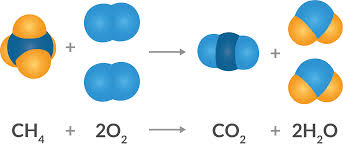
wood burning vs metabolism of glucose in our cells
burning wood is fast and uncontrolled —> releases heat
metabolism of glucose is slow and helps store energy in the body —> releases energy in small amounts
breaks down glucose from food and converts it into usable energy
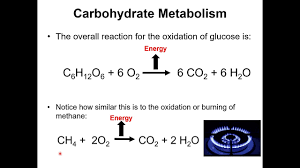
as the population on earth increased, the demand for fossil fuels like gas became greater
biomass - wood
heavily used before industrial revolution
coal was the most used after the industrial revolution (1712-1850)
petroleum and natural gas - 1900
nuclear energy/renewable resources (hydroelectric, solar, wind) - 2000s
increased concentration of CO2 in the atmosphere
lower atmosphere and surface are rapidly warming (ice/snow)
rising sea level
renewable energy resources must become more affordable and practical
exploration 2 - evaluating energy sources
cost-benefit analysis
cost-benefit ratio: worthwhile if ratio is > than 1
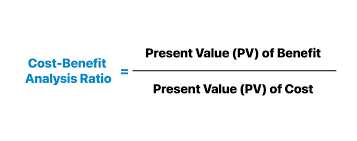
fossil fuels - buried in earths crust
nonrenewable
coal
petroleum
natural gas
coal
thick layers of dead organic matter —> changed into dense coal by heat and pressure
burned coal: releases energy, impurities (ex: sulfur, aluminum, mercury, lead)
pollute water, air, soil
humans rely on healthy functioning ecosystems
subsurface coal mining - drill holes through earth’s surface, removing coal, transporting it to the surface
negatively affects worker health
surface mining - strips away overlying rock to expose coal
pollution, destroy natural habitats
petroleum - crude oil
composed of remains of ancient marine organisms —> buried on ocean floor —> liquid —> carbon
trapped under rock formations
petroleum is pumped from the ground
burned: releases 40-60% more energy/gram than coal
refined to make gasoline
special blends of gasoline (hydrocarbons) + tax = reduced emissions
transported by pipelines, trains, trucks
risks: explosion/spills —> affects properties of buildings
natural gas - formed by remains of marine organisms
lightest hydrocarbon (methane)
burned to generate electricity —> burns completely (cleaner)
CO2 output is 30% less than petroleum
CO2 output is 43% less than coal
hydraulic fracturing (fracking)
increasing extraction of petroleum/natural gas from underground
injecting water, sand, detergents (salts, acids, alcohols, lubricants, disinfectants) into rock at high pressure
rock fractures and releases petroleum/natural gas —> pumped out with water (contaminated with chemicals) —> hazardous waste (ground and surface water)
leaking natural gas: unburned methane has a stronger impact on earth than CO2
gas deposits are under the ocean floor
offshore platforms/oil rigs - used for drilling/extraction
anchored or floated on the surface
fuel is processed and stored on the platform until it can be transported to shore —> refined and distributed
housing for workers (not ideal)
tar sands/oil shales
petroleum sources are expensive
surface mining causes:
habitat loss
increased soil erosion
runoff of polluted water
requires a LOT of water and energy —> hazardous materials
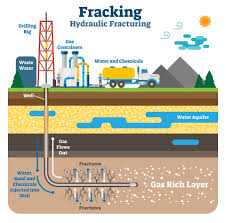
primary energy sources - occur naturally
ex: fossil fuels
secondary energy sources - made from primary sources
ex: liquid fuels (gas, diesel — refined oil)
vehicles - internal combustion engines
converts released energy from combustion reactions into mechanical energy
chemical energy in fossil fuels produces electrical energy
most heat generated in the combustion reaction is wasted (unavailable)
some is lost as the water is turned into steam
some is lost by friction from the spinning turbine in the generator
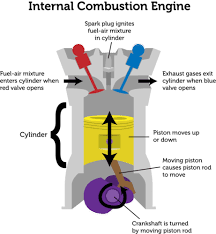
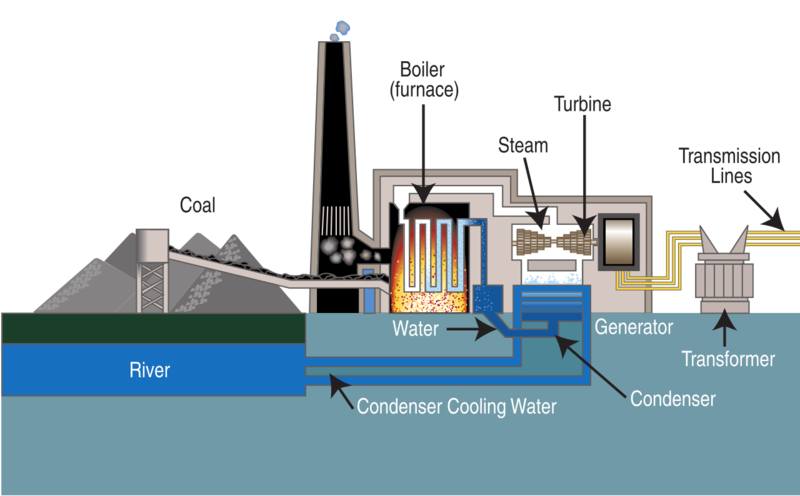
efficiency - ratio between the useful energy produced and the energy input to the system
% value
ex: efficiency rate for a power plant loses energy in many stages of the conversion process —> efficiency rate: 33-38%
ex: operation of vehicle engine, cooling system electrical systems operating an air conditioner
additional losses: transmission of electricity from resistance in the wires
energy is wasted when fuel is completely burned
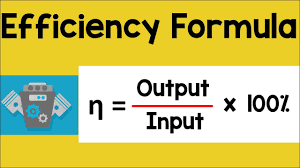
renewable resources - replenished as often as they are used
wind
solar
geothermal
water
biomass

How Molecules Absorb Energy
Molecules soak up infrared light and start vibrating.
Example: Like how your skin heats up in the sun.
How CO₂ and CH₄ Molecules Move
CO₂: Bends and stretches unevenly when it absorbs heat.
CH₄ (Methane): Wiggles and stretches in different ways to soak up energy.
Example: Think of CO₂ and CH₄ dancing when they get hit by heat.
Fuel Efficiency, Cost, Safety, and Performance
High MPG cars save gas and money (ex: Toyota Prius).
New engines give both good speed and low fuel use (ex: Honda Accord Hybrid).
Safer designs help protect you better in crashes (ex: Tesla Model 3 with top crash ratings).
Reducing Pollution and Making Cars Better
Burn fuel better so less dirty gas comes out.
Catalytic converters clean the exhaust (like a filter for your car).
Lighter cars (ex: cars made with aluminum) and sleek shapes (ex: Tesla Model S) use less gas.
Government rules (like CAFE laws) force carmakers to make cleaner cars.
Energy Sources Made Simple
1. Nuclear Power
Splits atoms to make huge energy.
No smoke, but dangerous waste.
Example: Diablo Canyon Nuclear Plant (closing in 2025).
2. Solar Energy
Turns sunshine straight into electricity.
Big solar farms power whole neighborhoods.
Example: Topaz Solar Farm.
3. Wind Energy
Wind spins big turbines to make power.
Needs steady wind — too fast or too slow is bad.
Example: San Gorgonio Pass Wind Farm.
4. Geothermal Energy
Uses hot rocks under the ground to make steam and electricity.
Always available (not like sun or wind).
Example: The Geysers in California.
5. Water and Ocean Energy
Hydropower: Water falling through dams spins turbines (ex: Hoover Dam).
Ocean energy: Waves or water heat can make power but can hurt boats.